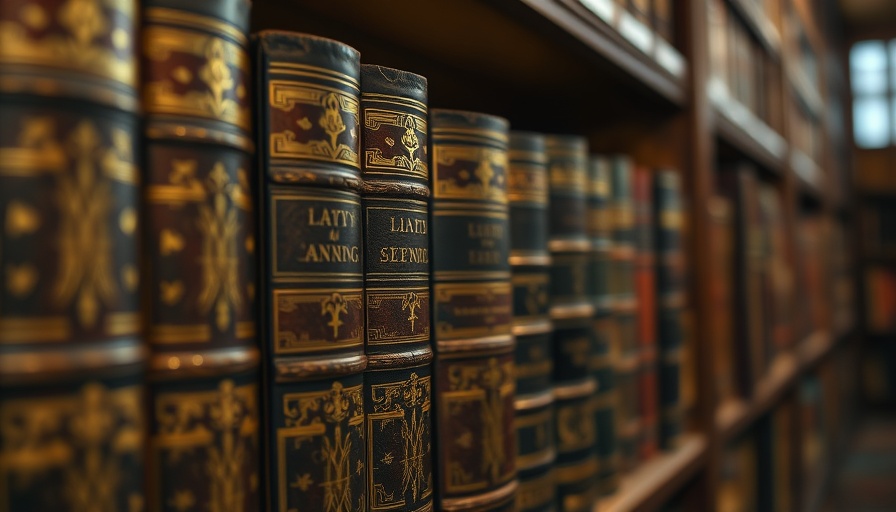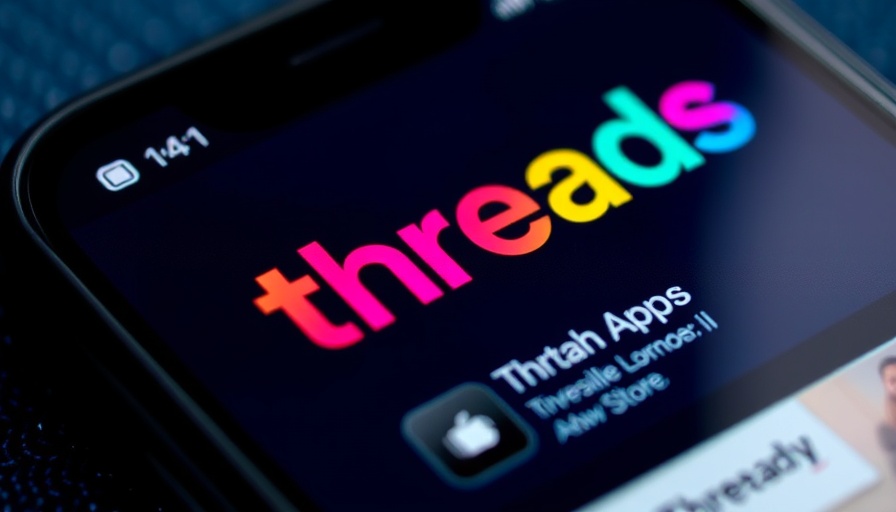
A Landmark Ruling for AI and Creativity
A federal judge recently ruled in favor of Anthropic, a prominent AI company, declaring that the firm acted within legal bounds when it trained its AI models on published books, despite not obtaining the authors' permission. This unprecedented decision may have significant implications for the future of generative AI and the creative industries, marking a crucial moment in the ongoing legal battle over copyright law and its intersection with emerging technologies.
The Fair Use Doctrine: A Double-Edged Sword
The ruling by Judge William Alsup highlights the complex nature of the fair use doctrine, a provision of copyright law that permits limited use of copyrighted materials without permission from the rights holders. This doctrine considers various factors, including the purpose of the use, whether it is commercial in nature, and if the new work is transformative. Many content creators have raised concerns that the increasing use of AI to replicate or generate works based on their original creations threatens their livelihoods and the artistic community at large.
A Blow to Authors and Creators
The court's decision represents a setback for authors, artists, and publishers, who have voiced strong opposition to the idea of AI companies leveraging their work without compensation or consent. In light of this ruling, many in the creative community fear that it sets a dangerous precedent, potentially granting tech companies carte blanche to exploit intellectual property for commercial gain.
Court Cases Based on Context
Legal experts note that future cases could hinge on how similar claims are interpreted by different judges, especially given that the fair use laws haven’t significantly evolved since 1976. The legal battles often involve complicated interpretations that vary depending on the specifics of each case. As tech companies like Meta have employed similar arguments, the outcomes have become increasingly unpredictable.
The Challenge of Piracy
In the Anthropic case, the issue of how the company sourced its materials is critical. The plaintiffs allege that a significant number of books included in Anthropic’s “central library” were illegally downloaded from pirated websites, raising ethical questions about the foundations of the AI model’s training data. While Judge Alsup ruled that training on certain texts constituted fair use, he left open the possibility of examining potential damages related to the pirated copies during the upcoming trial.
Creative Innovations: A Cautionary Tale
As AI technology evolves, it presents unprecedented opportunities for innovation across various domains. However, the fallout from this case underscores the importance of navigating the delicate balance between technological advancement and respect for intellectual property rights. The ruling may embolden tech companies, but it also intensifies the dialogue about how to protect creators in a rapidly changing landscape.
Broader Implications for Tech Companies
The ruling is likely to resonate across the tech industry, potentially paving the way for a series of favorable decisions for companies engaged in similar practices. It raises significant questions about the role of courthouses in shaping the relationship between technology and creative industries, urging creators and technologists alike to consider how best to protect their interests in this new landscape.
Calls for Legislative Change
Many advocates for the arts are calling for legislative reforms to update copyright laws to reflect the realities of the digital age and the prevalence of AI training methods. As the legal system grapples with the implications of this ruling, the conversation surrounding the need for modernized laws will likely become even more urgent.
The Importance of Engagement
The challenges presented by this case highlight the need for creative individuals to engage in discussions about their work's future and potential risks in a tech-driven world. By remaining active in the conversation, creators can advocate for their rights and be part of shaping safe and fair practices in the AI landscape.
A Precautionary Path Forward
As the tech community moves forward, all stakeholders—including creators, technologists, and policymakers—must navigate these waters carefully. Understanding and addressing the concerns of authors and other creatives is essential in establishing trust and ensuring that innovation doesn’t come at the cost of artistic integrity.
 Add Row
Add Row  Add
Add 



 Add Row
Add Row  Add
Add 

Write A Comment